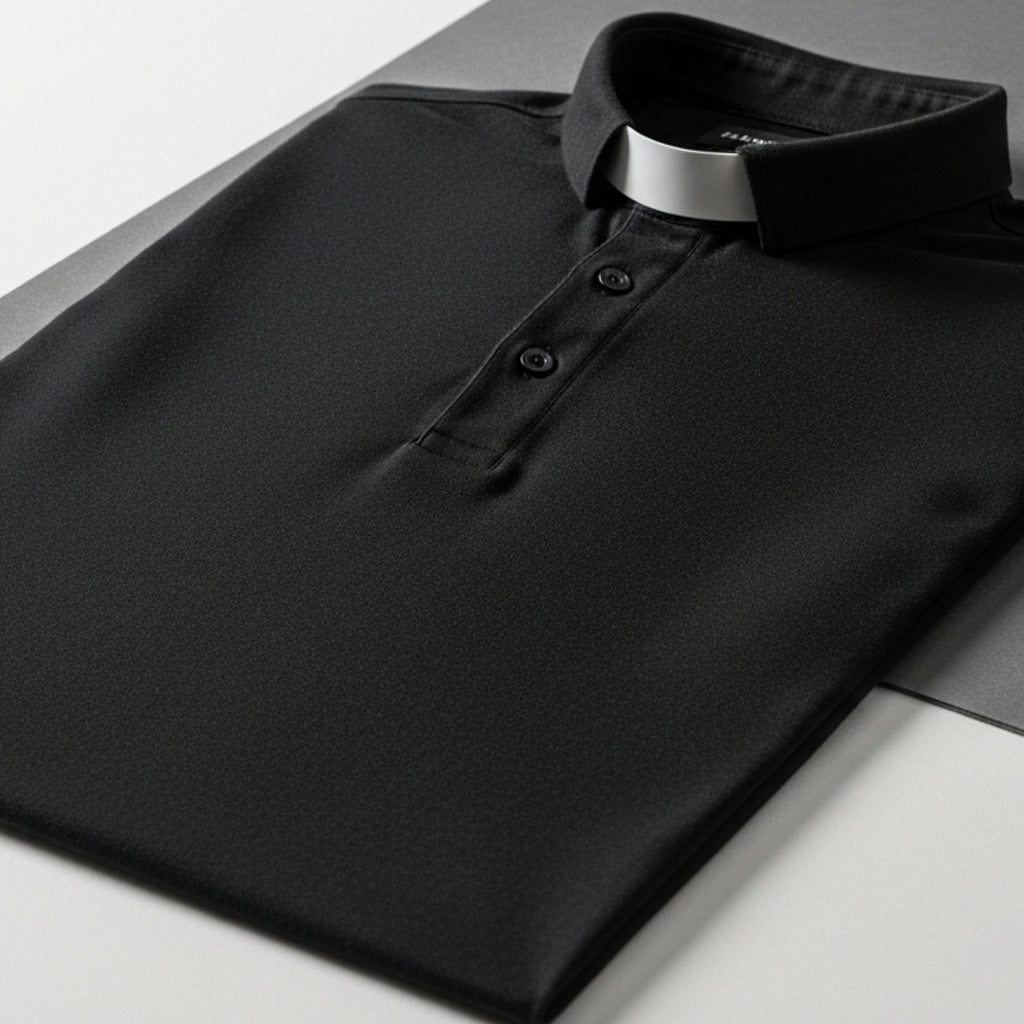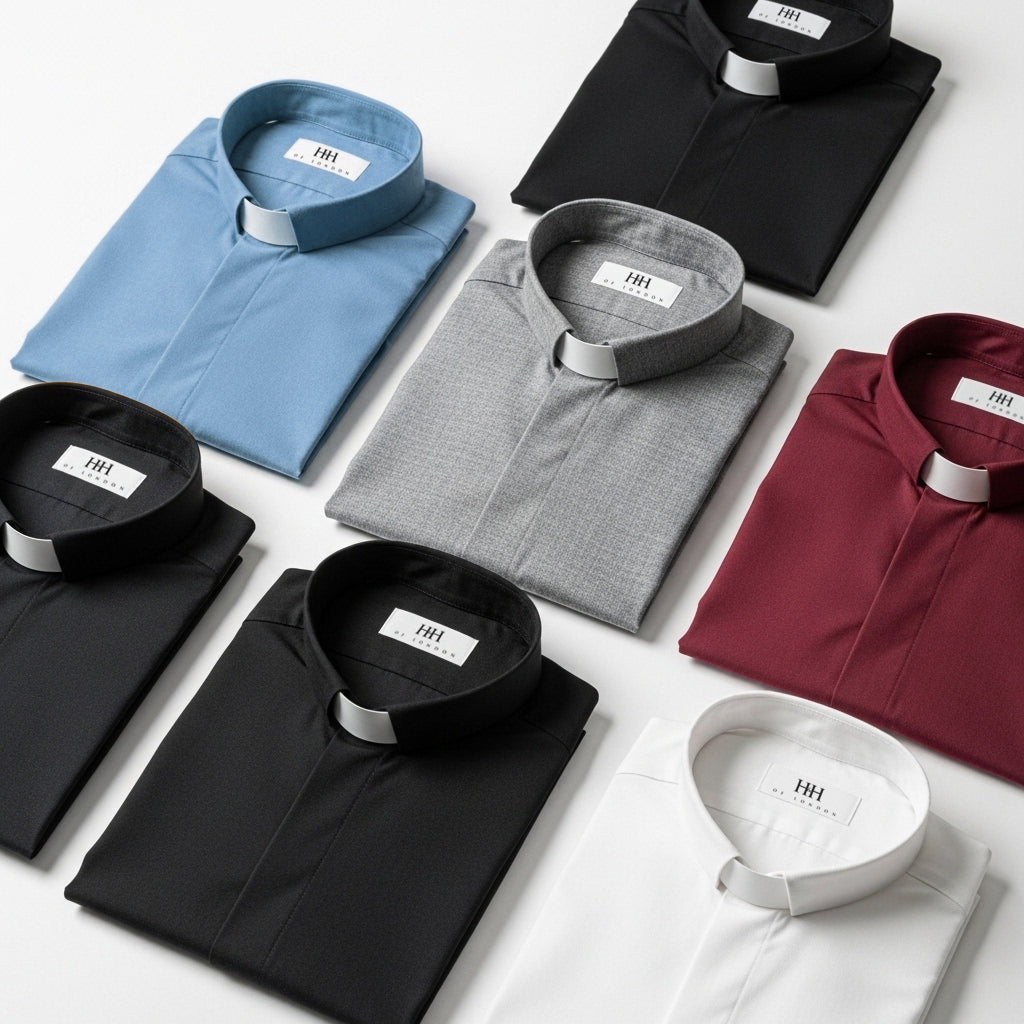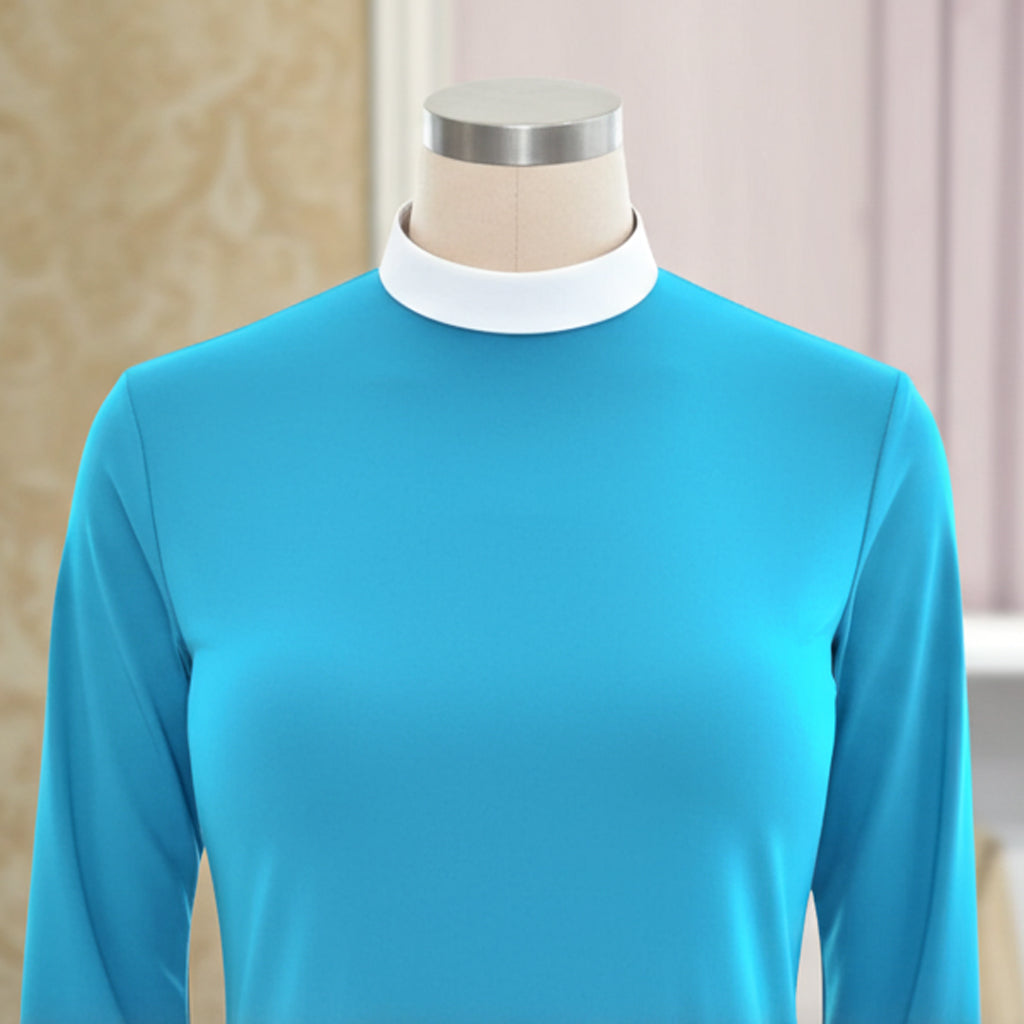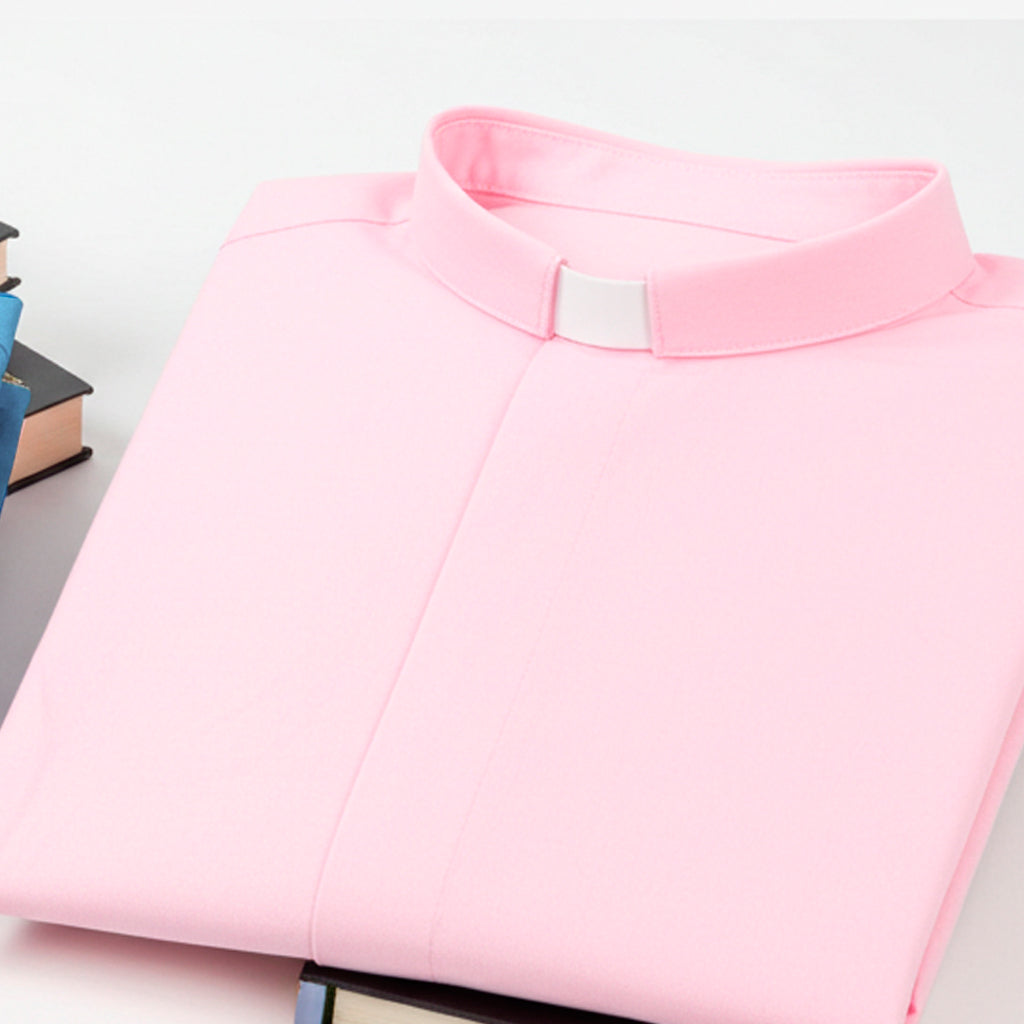I walked today where Jesus walked
A second pilgrimage
Christine and I stood in the roof garden of the Golden Walls Hotel, close to the Damascus Gate overlooking Jerusalem.
We heard from within the walls the sound of the call to prayers and of the market traders shouting their wares, whilst the bright sunlight reflected off the sea of white buildings below us.
For almost all our lives Christine and I had wished to see the Holy Land and walk in the footsteps of Jesus. At long last, in April 2012 we took our first pilgrimage and now, just two years later, we were fortunate enough to find ourselves here again.
As we expected, our Jerusalem trip was to be no relaxing holiday though. Despite a stay of eleven days, an early start was required on each morning. There was much to see.
The journey begins
We travelled the short distance to the Mount of Olives in Bethany, which is thought to be the hill from which Christ ascended to his Father. Here stood the Chapel of Ascension and the incomplete Pater Noster church believed to be the site where Christ taught the disciples the Lord’s Prayer.
We sat in the beautiful sunshine in the orchard of olive trees on the Mount. It overlooked the Kidron Valley to the walled city and the Golden Gate, similar to the one Christ passed through on
his entry into the city on that first Palm Sunday.
Visiting the traditional Maria Magdalene Russian Orthodox Church with its splendid golden ‘onion’ domes we arrived at the foot of the hill to enter the Garden of Gethsemane. It is believed Jesus prayed here prior to his arrest.

We lunched at the St Andrews Hotel where in 1917 Field Marshal Allenby commemorated the British Liberation of Jerusalem, before we travelled to Ein Karen to see the Catholic Church of John the Baptist.
Later, at the Israel Museum we saw the incredibly detailed scale model of the gated walled city of Jerusalem as of AD66 and the Shrine of the Book constructed in 1965 which housed the Dead Sea Scrolls. We were amazed at their antiquity and revelation.
The last supper
Early the following day we drove to Mount Zion, near Jerusalem. Here we viewed the Upper Room or Cenacle, which is best know as the site of the last supper. It may also have been where Jesus washed the feet of his disciples, and where the disciples gathered after the Ascension.
We crossed over into Palestinian territory to the Fields of the Shepherd a mile outside Bethlehem. Traditionally this is where the Shepherds kept watch on the night that Christ was born.
In central Bethlehem from Manger Square we entered the Basilica through a very low door, called the Door of Humility and queued down some heavily worn steep steps to enter the Nativity Room.
We took it in turn to wriggle our way in and kiss the silver star, which marks the spot of Jesus' birthplace. Somehow in this mass of people we managed to say prayers before leaving.
The Western Wall
Early the next day we viewed the Western Wall. It was the first day of the Festival of Passover and thousands of Jews were already occupying the square.
Because of the pressing crowds there was no chance whatsoever for us to say our Christian prayers whilst touching the wall as we did two years ago so we watched instead from afar.

It was a sight we will never forget with every faithful Jew, marshalled by Israeli police, putting life and limb on the line to reach the sacred wall.
We then walked to St Anne’s Church dedicated to the mother of Mary, before viewing the Pool of Bethesda.
Here we peered down the deep stone walls into the murky water and imagined the infirm waiting for the waters to stir and to be healed by Jesus.
Via Dolorosa
On Good Friday we made our way to the Via Dolorosa, meaning the way of the suffering, through the lanes of the Old City. These narrow alleyways represented the Stations of the Cross.
On our first visit we were able to walk the route towards the Church of the Holy Sepulchre, passing the Stations of the Cross but the crowds were much too dense to join in this time.
We recall two years ago the experience being very sensory. We felt as though we could almost hear the flogging of our Saviour, the baying of the crowds and the cross being dragged over the stones as we trod that same path.
Having visited parts of the old City we arrived at the Garden Tomb outside the city wall. Here in the quiet of the garden, Christine and I took in the scene of Golgotha.
On entering the empty tomb, we could truly imagine that this was the place were Christ’s body was laid 2000 years ago. We reflected on the contrasts of the day in the relative peace of the garden.
Jericho
We pushed onwards to Jericho and passing the Inn of the Good Samaritan, we viewed the bare Mount of Temptation to reflect on the 40 days of Christ’s trials.
Next we visited Mount Tabor and were spellbound knowing on that mountain top, where we stood, was possibly where the transfiguration of Christ took place.
In Jericho itself we were shown the very tree Zacchaeus is thought to have climbed to get a better view of Jesus. Could it really have been the same tree after 2000 years?

Our journey then took us to the site of John’s baptism of Jesus at the River Jordan. Both Christine and I thought this was one of the highlights of the pilgrimage.
We sat quietly on the bank beside the slow flowing river before dedicating our lives afresh with our baptismal renewal.
It was so emotional to think that at that very spot 2000 years ago Jesus himself had been baptised. This experience was just amazingly overwhelming. Tears were close.
Nazareth
In Nazareth we visited St. Gabriel’s Church and the beautiful Basilica of Annunciation. The crypt here is believed to be the site of Mary’s family home and it was here that the Angel Gabriel appeared.
We continued on to Cana in Galilee to the church believed to be the site where Jesus performed his first recorded miracle, changing the water into wine at the Wedding mentioned in the Gospel.
It is here that we witnessed married couples renewing their vows and reflected on Christ’s wondrous miracle.
Reflecting on the Jordan
We visited Capernaum and saw the ruins of the original house where the Apostle Peter lived and walked in the main street in which Jesus healed the lepers.

Mensa Christi was our next destination, the place where Jesus appeared to his disciples after his resurrection. We then celebrated the Eucharist on the shores of Lake Galilee at Tabgha. It is believed Jesus shared a meal of bread and fish with his disciples here.
A drive to the Mount of Beatitudes offered a fantastic view of the Jordan Valley and tales of the Sermon on the Mount. Finally, we sailed on the Lake Galilee and pictured Jesus walking on that same stretch of water, reassuring his frightened disciples in their boat.
In the middle of the lake the engine of our wooden barque was cut and we drifted in silence and recalled what an enriching experience the pilgrimage had been. We thanked God for all that his Son Jesus Christ had granted us and in whose footsteps we now follow.
The Reverend Priestly Brook, an Anglican priest, retired in August 2012 from the Colne and Villages Team Ministry in East Lancashire. His Bishop has granted him a licence with ‘Permission to Officiate’. He is married to Christine, with six grown up children. He is a well known preacher and after dinner speaker in the North of England.
Christine and I stood in the roof garden of the Golden Walls Hotel, close to the Damascus Gate overlooking Jerusalem.
We heard from within the walls the sound of the call to prayers and of the market traders shouting their wares, whilst the bright sunlight reflected off the sea of white buildings below us.
For almost all our lives Christine and I had wished to see the Holy Land and walk in the footsteps of Jesus. At long last, in April 2012 we took our first pilgrimage and now, just two years later, we were fortunate enough to find ourselves here again.
As we expected, our Jerusalem trip was to be no relaxing holiday though. Despite a stay of eleven days, an early start was required on each morning. There was much to see.
The journey begins
We travelled the short distance to the Mount of Olives in Bethany, which is thought to be the hill from which Christ ascended to his Father. Here stood the Chapel of Ascension and the incomplete Pater Noster church believed to be the site where Christ taught the disciples the Lord’s Prayer.
We sat in the beautiful sunshine in the orchard of olive trees on the Mount. It overlooked the Kidron Valley to the walled city and the Golden Gate, similar to the one Christ passed through on
his entry into the city on that first Palm Sunday.
Visiting the traditional Maria Magdalene Russian Orthodox Church with its splendid golden ‘onion’ domes we arrived at the foot of the hill to enter the Garden of Gethsemane. It is believed Jesus prayed here prior to his arrest.

We lunched at the St Andrews Hotel where in 1917 Field Marshal Allenby commemorated the British Liberation of Jerusalem, before we travelled to Ein Karen to see the Catholic Church of John the Baptist.
Later, at the Israel Museum we saw the incredibly detailed scale model of the gated walled city of Jerusalem as of AD66 and the Shrine of the Book constructed in 1965 which housed the Dead Sea Scrolls. We were amazed at their antiquity and revelation.
The last supper
Early the following day we drove to Mount Zion, near Jerusalem. Here we viewed the Upper Room or Cenacle, which is best know as the site of the last supper. It may also have been where Jesus washed the feet of his disciples, and where the disciples gathered after the Ascension.
We crossed over into Palestinian territory to the Fields of the Shepherd a mile outside Bethlehem. Traditionally this is where the Shepherds kept watch on the night that Christ was born.
In central Bethlehem from Manger Square we entered the Basilica through a very low door, called the Door of Humility and queued down some heavily worn steep steps to enter the Nativity Room.
We took it in turn to wriggle our way in and kiss the silver star, which marks the spot of Jesus' birthplace. Somehow in this mass of people we managed to say prayers before leaving.
The Western Wall
Early the next day we viewed the Western Wall. It was the first day of the Festival of Passover and thousands of Jews were already occupying the square.
Because of the pressing crowds there was no chance whatsoever for us to say our Christian prayers whilst touching the wall as we did two years ago so we watched instead from afar.

It was a sight we will never forget with every faithful Jew, marshalled by Israeli police, putting life and limb on the line to reach the sacred wall.
We then walked to St Anne’s Church dedicated to the mother of Mary, before viewing the Pool of Bethesda.
Here we peered down the deep stone walls into the murky water and imagined the infirm waiting for the waters to stir and to be healed by Jesus.
Via Dolorosa
On Good Friday we made our way to the Via Dolorosa, meaning the way of the suffering, through the lanes of the Old City. These narrow alleyways represented the Stations of the Cross.
On our first visit we were able to walk the route towards the Church of the Holy Sepulchre, passing the Stations of the Cross but the crowds were much too dense to join in this time.
We recall two years ago the experience being very sensory. We felt as though we could almost hear the flogging of our Saviour, the baying of the crowds and the cross being dragged over the stones as we trod that same path.
Having visited parts of the old City we arrived at the Garden Tomb outside the city wall. Here in the quiet of the garden, Christine and I took in the scene of Golgotha.
On entering the empty tomb, we could truly imagine that this was the place were Christ’s body was laid 2000 years ago. We reflected on the contrasts of the day in the relative peace of the garden.
Jericho
We pushed onwards to Jericho and passing the Inn of the Good Samaritan, we viewed the bare Mount of Temptation to reflect on the 40 days of Christ’s trials.
Next we visited Mount Tabor and were spellbound knowing on that mountain top, where we stood, was possibly where the transfiguration of Christ took place.
In Jericho itself we were shown the very tree Zacchaeus is thought to have climbed to get a better view of Jesus. Could it really have been the same tree after 2000 years?

Our journey then took us to the site of John’s baptism of Jesus at the River Jordan. Both Christine and I thought this was one of the highlights of the pilgrimage.
We sat quietly on the bank beside the slow flowing river before dedicating our lives afresh with our baptismal renewal.
It was so emotional to think that at that very spot 2000 years ago Jesus himself had been baptised. This experience was just amazingly overwhelming. Tears were close.
Nazareth
In Nazareth we visited St. Gabriel’s Church and the beautiful Basilica of Annunciation. The crypt here is believed to be the site of Mary’s family home and it was here that the Angel Gabriel appeared.
We continued on to Cana in Galilee to the church believed to be the site where Jesus performed his first recorded miracle, changing the water into wine at the Wedding mentioned in the Gospel.
It is here that we witnessed married couples renewing their vows and reflected on Christ’s wondrous miracle.
Reflecting on the Jordan
We visited Capernaum and saw the ruins of the original house where the Apostle Peter lived and walked in the main street in which Jesus healed the lepers.

Mensa Christi was our next destination, the place where Jesus appeared to his disciples after his resurrection. We then celebrated the Eucharist on the shores of Lake Galilee at Tabgha. It is believed Jesus shared a meal of bread and fish with his disciples here.
A drive to the Mount of Beatitudes offered a fantastic view of the Jordan Valley and tales of the Sermon on the Mount. Finally, we sailed on the Lake Galilee and pictured Jesus walking on that same stretch of water, reassuring his frightened disciples in their boat.
In the middle of the lake the engine of our wooden barque was cut and we drifted in silence and recalled what an enriching experience the pilgrimage had been. We thanked God for all that his Son Jesus Christ had granted us and in whose footsteps we now follow.
The Reverend Priestly Brook, an Anglican priest, retired in August 2012 from the Colne and Villages Team Ministry in East Lancashire. His Bishop has granted him a licence with ‘Permission to Officiate’. He is married to Christine, with six grown up children. He is a well known preacher and after dinner speaker in the North of England.







